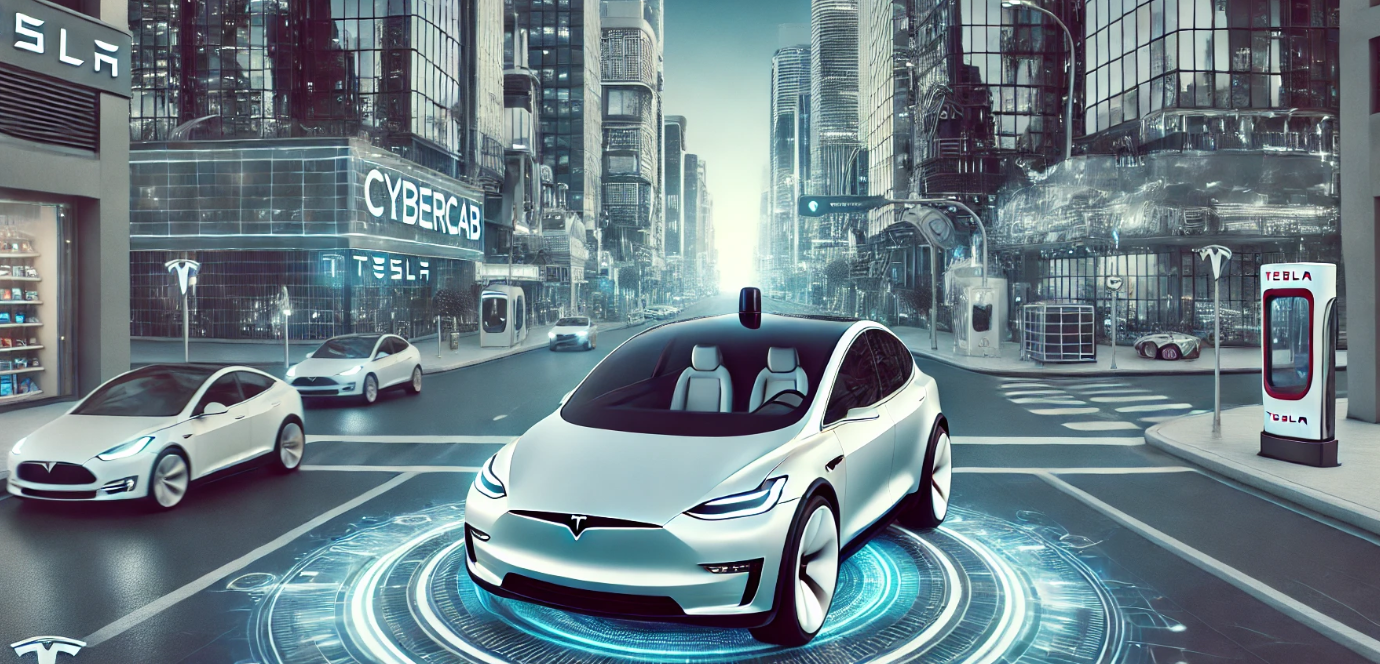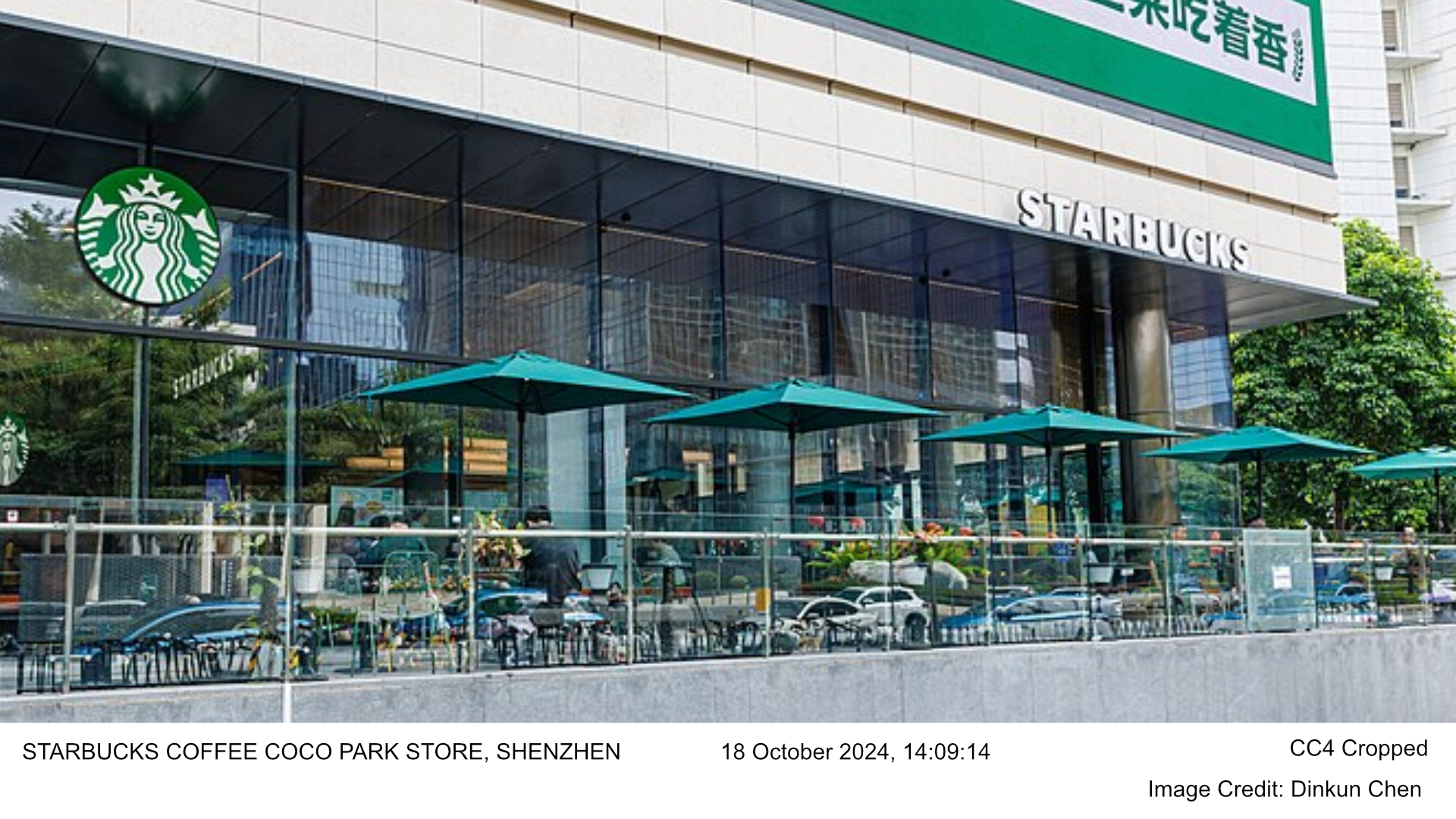The Cybercab, a sleek vehicle devoid of steering wheels and pedals, represents a bold step towards autonomous mobility. Scheduled for production in 2026 and priced under $30,000, this vehicle is designed to operate entirely on Tesla’s Full Self-Driving (FSD) software. Musk envisions a future where passengers can engage in other activities while the vehicle autonomously navigates to their destination, a concept that has captivated the public imagination.
- Tesla’s Cybercab, set for production in 2026 and priced under $30,000, is designed to be fully autonomous, operating on Tesla’s Full Self-Driving (FSD) software without a steering wheel or pedals.
- Despite Musk’s vision, the company faces challenges, including ongoing skepticism about the safety and feasibility of full autonomy, regulatory scrutiny from the NHTSA, and competition from Waymo and GM’s Cruise.
- Tesla remains committed to expanding its robotaxi network, aiming to transform transportation through AI and autonomous mobility despite hurdles.
However, as Tesla charts this ambitious course, it faces significant challenges. Concerns about the reliability and safety of the FSD software persist, with various media outlets questioning the feasibility of achieving full autonomy. Despite Musk’s assurances of progress, the timeline for deploying fully autonomous vehicles has been repeatedly extended, leading to skepticism among investors and industry experts.
Tesla’s journey is further complicated by intense competition in the autonomous vehicle space. Rivals like Waymo and General Motors have already made significant strides, deploying self-driving cars in select markets. Waymo’s driverless operations and General Motors’ Cruise unit underscore the competitive pressure Tesla faces in realizing its autonomous ambitions.
Regulatory scrutiny also looms large over Tesla’s plans. The National Highway Traffic Safety Administration (NHTSA) is investigating the safety of Tesla’s autonomous driving systems, particularly following incidents involving the FSD software. A fatal crash last year highlighted the potential risks associated with autonomous driving, prompting calls for stricter oversight and regulatory compliance.
Despite these challenges, Tesla remains committed to its vision of a driverless future. The unveiling of the Cybercab and robovan is part of a broader strategy to integrate robotics and AI into the company’s offerings. Musk’s long-term goal is to establish a robotaxi network, allowing Tesla owners to earn income by offering rides when their vehicles are not in use.
The shift towards AI and robotics is not without its challenges, as Tesla grapples with both technological hurdles and regulatory constraints. However, the potential for transforming transportation and establishing a new paradigm in mobility motivates Tesla to persevere.
In conclusion, Tesla’s strategic embrace of AI and robotics represents a pivotal moment for the company as it seeks to redefine transportation. The journey is fraught with challenges, but the potential rewards could reshape the future of mobility. As Tesla navigates this complex landscape, the world watches with anticipation, eager to see if Musk’s vision will become a reality.





![A Big Lots store in [[Murphy, North Carolina]] 7 April 2023, 16:39:50](https://newnooz.com/news/wp-content/uploads/2024/12/Big_lots-NEW_NOOZ.jpg)